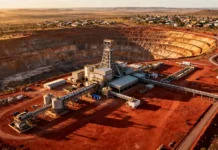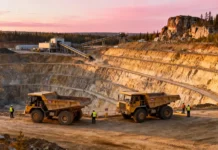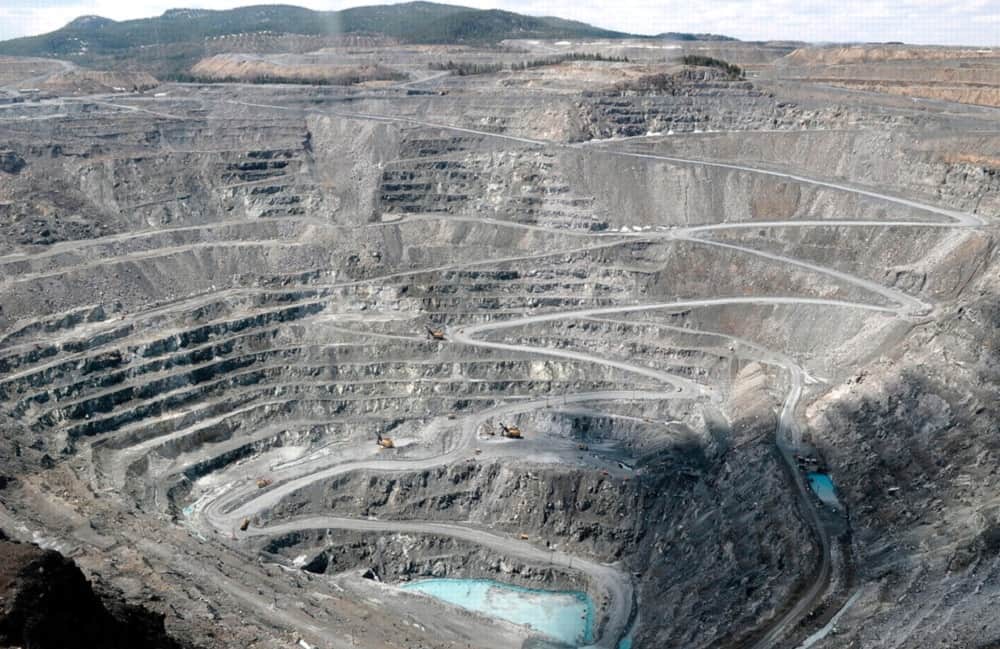The copper market is bracing for a significant supply deficit in 2024, a consequence of several factors disrupting the supply and demand balance. New discoveries, while promising, are unlikely to offset the shortfall, as the industry fights production setbacks, sluggish demand, and the escalating needs of the green energy sector.
Solaris Resources and the Race Against the Copper Crunch
In the middle of all these challenges, Solaris Resources and its flagship Warintza project in Ecuador is regarded as one of the best greenfield copper development opportunities. The project has a large 1.5 billion tonne open pit resource, primarily from the Central deposit, one of six discoveries made on the project to date. This is one of the last major greenfield districts at low elevation and adjacent to infrastructure supplying renewable hydroelectric grid power in the global copper industry. Something that majors will be picking from to acquire copper projects for their pipelines and bring in exposure to future facing metals critical to the global energy transition and decarbonization initiatives.
The company has completed over two years of additional resource growth drilling and will be updating its mineral resource in July, which is set to increase to 2 – 3 billion tonnes. Junior mining companies like Solaris are important to eventually increasing the dwindling copper supply. By identifying and developing high-potential projects, they create value for shareholders while providing a pipeline of assets that can be acquired by major mining companies to bolster their production numbers and meet global demand.
The Roots of the Supply Shortfall
Several factors are contributing to the anticipated supply shortage in 2024. One is the downward revision of production targets by major copper producers, such as Anglo American, due to production shortfalls at key mines like Los Bronces. This reduction in output is projected to persist into 2025, exacerbating the supply deficit.
As Juan Benavides, Chairman of Codelco, Chile’s state-owned copper miner, recently stated, “the drop in production is due to the natural and expected decline in ore grades at our structural projects.” This sentiment is echoed by Cochilco, Chile’s National Copper Commission, which has issued a sobering 10-year forecast for the country’s copper production, projecting an average annual growth of just 1.7% from 2023-2032, a significant downgrade from prior estimates. The report notes, “Compared with last year’s 10-year forecast, due to the delay of projects under construction, Chilean copper production will grow at a slower rate this decade.”
On top of this, more sluggish demand for copper in Western nations, coupled with the growth of Chinese production, has created a market imbalance that is expected to exacerbate the supply shortfall in the coming year. Goldman Sachs, in a recent note, highlighted this potential for a “stockout episode” in the copper market due to the supply shortfall, forecasting a 25% upside move in the copper price this year, with a 12-month target of $11,000 per tonne.
The current copper supply shortfall is significant, with forecasts indicating a shortage of 0.7 million metric tons (MT) in 2024. This deficit is anticipated to persist throughout the decade, fueled by ongoing challenges in the copper mining sector, including declining ore grades and diminishing reserves.
Another factor is the insufficient pipeline of new copper projects. The lengthy lead times required for new capacity to come online, coupled with the slow permitting process for new mining projects, further compound the issue. This lag in supply response will make it difficult to keep pace with the escalating demand, particularly from the electric vehicle (EV) and renewable energy sectors.
Potential Long-Term Effects on the Global Economy
The potential long-term effects of a sustained copper supply shortage are far-reaching. A persistent deficit of this critical metal could have implications for multiple sectors and industries that depend heavily on it.
A supply shortfall would inevitably drive copper prices higher, a concern echoed by Goldman Sachs’ forecast of a significant price increase. This could trigger a domino effect across the global economy, as industries that rely on copper, such as construction, manufacturing, and renewable energy, would face increased costs, potentially leading to higher prices for consumers.
Of course, the energy transition and the growth of electric vehicles (EVs) are inextricably linked to copper. A supply shortage could impede the adoption of these technologies, potentially derailing the transition to a low-carbon economy. This concern is shared by DNV, a global authority on the energy transition, which emphasizes the critical role of copper in this process and recently warned that copper shortages could jeopardize the pace of the energy transition.
A copper supply shortage could also cast a shadow over global economic growth, particularly in regions heavily reliant on copper for their industries. This could result in reduced economic activity, decreased consumer spending, and potentially even trigger a recession. The rising cost of copper could exacerbate inflationary pressures, especially in countries heavily dependent on copper imports.
S&P Global has predicted copper supply shortfalls starting in 2025 and lasting through most of the following decade. However, they also anticipate a significant surplus in 2045, driven by increased recycling from energy transition end markets.
No matter how it is viewed, the shortage is a complex issue with far-reaching consequences for the global economy. While new discoveries like those at Solaris Resources’ Warintza project offer hope and a model for the path forward for bigger producers, the multifaceted challenges facing the copper mining sector, paired with the escalating demand driven by the energy transition, will likely create the most difficult period for the industry in recent memory.























